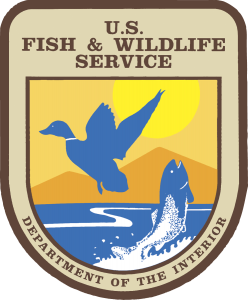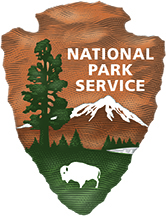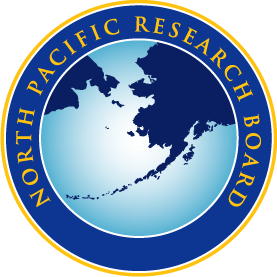 ABOUT US
ABOUT US
The Seabird Youth Network is a partnership between the Pribilof School District, the Aleut Community of St. Paul Island, the City of St. Paul, Tanadgusix Corporation, the St. George Traditional Council, St. George Island Institute, the Alaska Maritime National Wildlife Refuge, and the wider scientific community. The network creates opportunities for youth to learn about seabirds with the aim of building local capacity for the collection of long-term seabird monitoring data on the Pribilof Islands.
The network is dedicated to creating opportunities for Pribilof youth in four key areas:
• Open doors to careers in science and natural resource management.
• Increase sense of ownership and understanding of local resources.
• Provide training in marketable multi-media skills.
• Provide education in seabird ecology, research and conservation.
Coordinator
Ann Harding
Camp Leaders
Tonia Kushin
Ram Papish
Kendra Bush-St. Louis
Alaska Maritime National Wildlife Refuge
Karin Holser
Ann Harding
Collaborators
Pam Lestenkof and Lauren Divine
St. Paul Tribal Government, Ecosystems Conservation Office
St. George Traditional Council
George Island Institute
Priscilla Wohl
Northern Research Technical Assistance Center (NORTAC)
Olga Belonivich
Kamchatka Research Institute of Fisheries and Oceanography, Russia
Natalia Fomina
Consultant of the Aleutian Municipality Region, Russia
Anastasia Barsukova
The Commander Islands Nature and Biosphere Reserve, Russia
Pam Goddard Thelsassa
Gregg Howald
Chris Gill
Peter Hodum
Heather Renner
Alaska Maritime National Wildlife Refuge
Marc Romano
Alaska Maritime National Wildlife Refuge
Veronica Padula
Bering Sea Campus, Aleut Community of St. Paul Island
Thanks for the generous support from:

Alaska Maritime National Wildlife Refuge was established to conserve marine mammals, seabirds and other migratory birds, and the marine resources upon which they rely. The Refuge’s 3.4 million acres include the spectacular volcanic islands of the Aleutian chain, the remote seabird cliffs of the Pribilofs, and icebound lands washed by the Chukchi Sea, providing essential habitat for some 40 million seabirds, representing more than 30 species.

The Shared Beringian Heritage Program recognizes and celebrates the natural resources and cultural heritage shared by Russia and the United States on both sides of the Bering Strait. The program works to improve local, national, and international understanding of these resources and sustain the cultural vitality of Native peoples in the region. If you want to learn more about the program click here http://www.nps.gov/akso/beringia
 The Aleut Community of St. Paul Island Tribal Government: https://www.aleut.com/
The Aleut Community of St. Paul Island Tribal Government: https://www.aleut.com/
The National Fish and Wildlife Foundation (NFWF) is focused on the protection and restoration of our nation’s fish, wildlife, plants and habitats. Within NFWF, the main goal of the Pacific Seabird Program is to reverse population declines of seabirds by reducing at-sea and colony-based threats, such as invasive species.

ConocoPhillips is Alaska’s largest oil producer and has been a leader in oil and gas exploration, development in the state, and community investment through philanthropic contributions for more than 50 years. Our primary operated assets include the Kuparuk and Alpine oil fields on the North Slope, and natural gas facilities in Southcentral Alaska. Additionally, we have significant interest in the Prudhoe Bay field and the Trans-Alaska Pipeline System. Every year, we work to further develop the oil and gas fields we’ve discovered and, in some years, explore for new ones. In all, ConocoPhillips has drilled more than 60 exploration wells since 2000, including more than 20 in the NPR-A. ConocoPhillips holds 1.2 million acres in state and federal exploration leases. These leases represent a major asset for our company – and they are tangible proof of our commitment to Alaska’s future.
The North Pacific Research Board funds research in the North Pacific Ocean, the Bering Sea and the Arctic Ocean. The main aim of these studies is to make sure we understand more about the oceans and sea life, including commercial fish species like pollock and king crab, so we can make sound decisions for the future.
And, many thanks for the essential in-kind support from the: Pribilof School District; St. George Institute; St. George Traditional Council; St. Paul Tribal Government; Bering Sea Campus, Aleut Community of St. Paul Island; Trident Seafoods, and the Tanadgusix Corporation.


